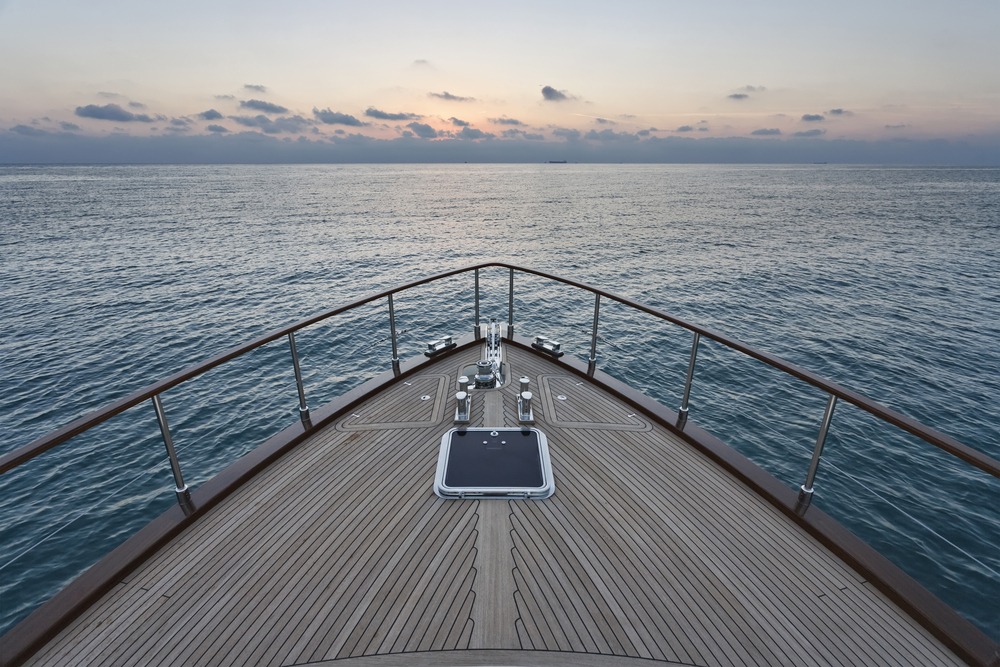If you’re in the market to buy some wholesale sterling silver jewellery in Thailand, there are a few things you should know before you go on your shopping spree. For example, the terms silver, pure silver and sterling silver are often used interchangeably, but they are not the same thing. To help you avoid retail faux pas, let’s take a look at how the jewellery business classifies sterling silver and pure silver and what to look for when inspecting possible pieces to purchase.
What Is Pure Silver
First and foremost, pure silver, also known as fine silver, has actual silver content of 99.9% and 0.1% trace elements. Pure silver is a bright natural material which has always been part of civilised society for millenia. The first-ever silver mines have been unearthed as far back as 4,000 BC in Anatolia (modern-day Turkey). Further evidence of silver mining also exists in ancient China, Japan, India, Greece, Italy and Syria.
Silver forms from sulphur compounds in the Earth’s extremely hot crust. Most of the silver metal used in jewellery making is a by-product of gold, copper, zinc and lead refining. Among its notable qualities are extreme softness and malleability.
While pure silver has a beautiful white metallic lustre, which makes it perfect for decorative items such as jewellery, on its own, it is too soft to work with. Moulding silver into durable items is difficult; that’s why it’s not used in commercial jewellery manufacturing.
What Is Sterling Silver
To get around the practical limitations of pure silver, the alloy sterling silver was created. It is formed when copper is added to pure silver to produce a more robust compound. Typically, sterling silver has a purity of 92.5%, meaning that 7.5% of the alloy is made of copper or other trace elements (i.e., zinc or nickel).
The resulting sterling silver compound is considerably harder and more durable than pure silver; it’s ideal for making jewellery, utensils, coffee sets and so forth. The beauty of sterling silver is that it retains all the aesthetic beauty of pure silver but with the bonus of strength and versatility.
The use of sterling silver dates as far back as the 12th Century when it was used in Europe. For example, many important artefacts, such as coins and chalices, from the reign of Henry II (circa 1133 – 1189) have been discovered.
Purity Standards
A so-called “acid test” is commonly used to test the purity of silver jewellery and other items. This involves shaving a small piece off the item and putting it into acid to see if its colour changes. If the acid’s colour does vary, this means that the piece has low purity, at or below 92.5%.
If you want to access the purity of a piece of silver jewellery you already own, there are plenty of jewellers who will perform this service for you, for a small fee.
Additionally, when buying any item of wholesale sterling silver jewellery in Thailand that is labelled as silver or sterling silver, check for a stamp mark indicating its exact silver content. If there is no stamp, it could mean that the piece is fake or of very low quality.



